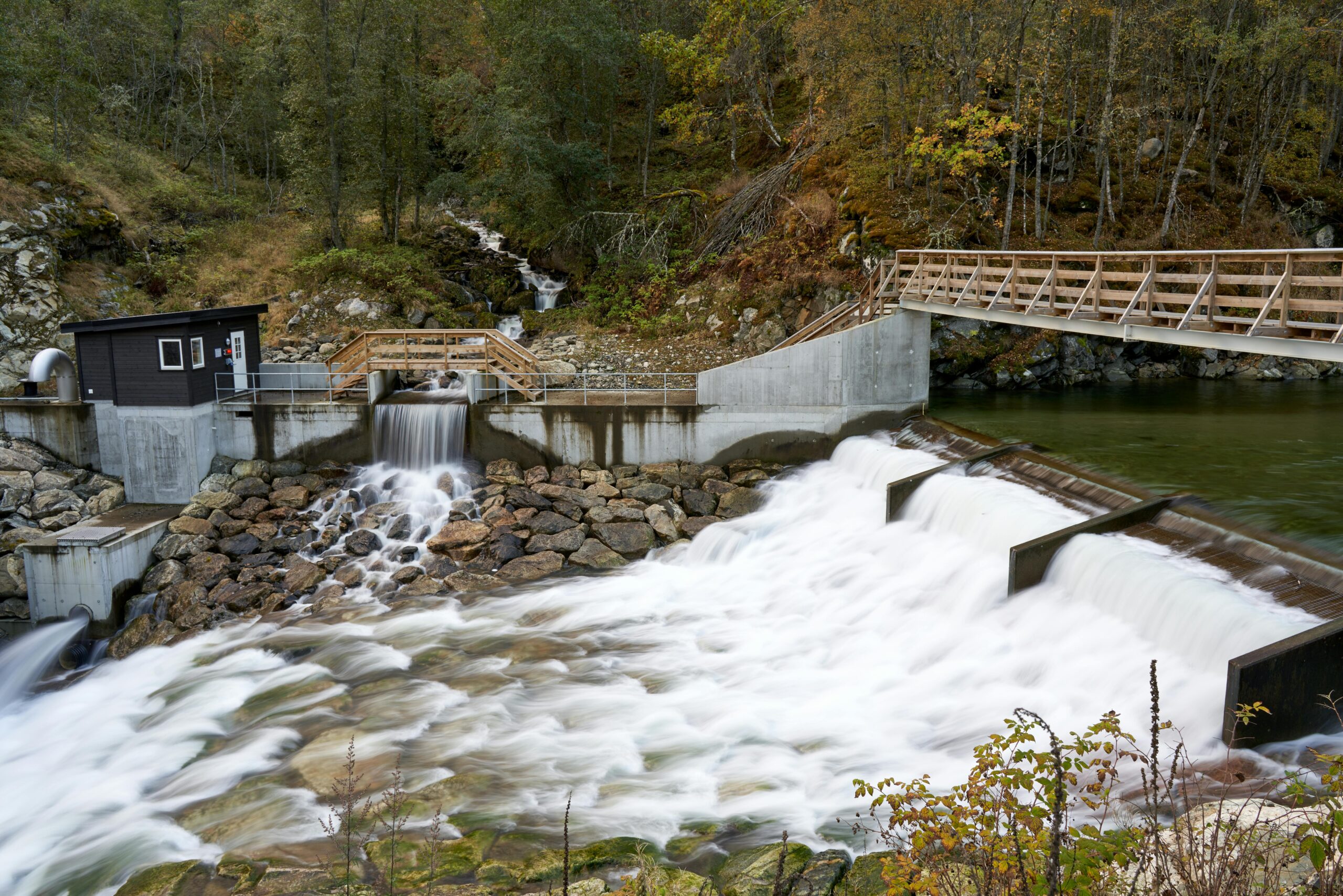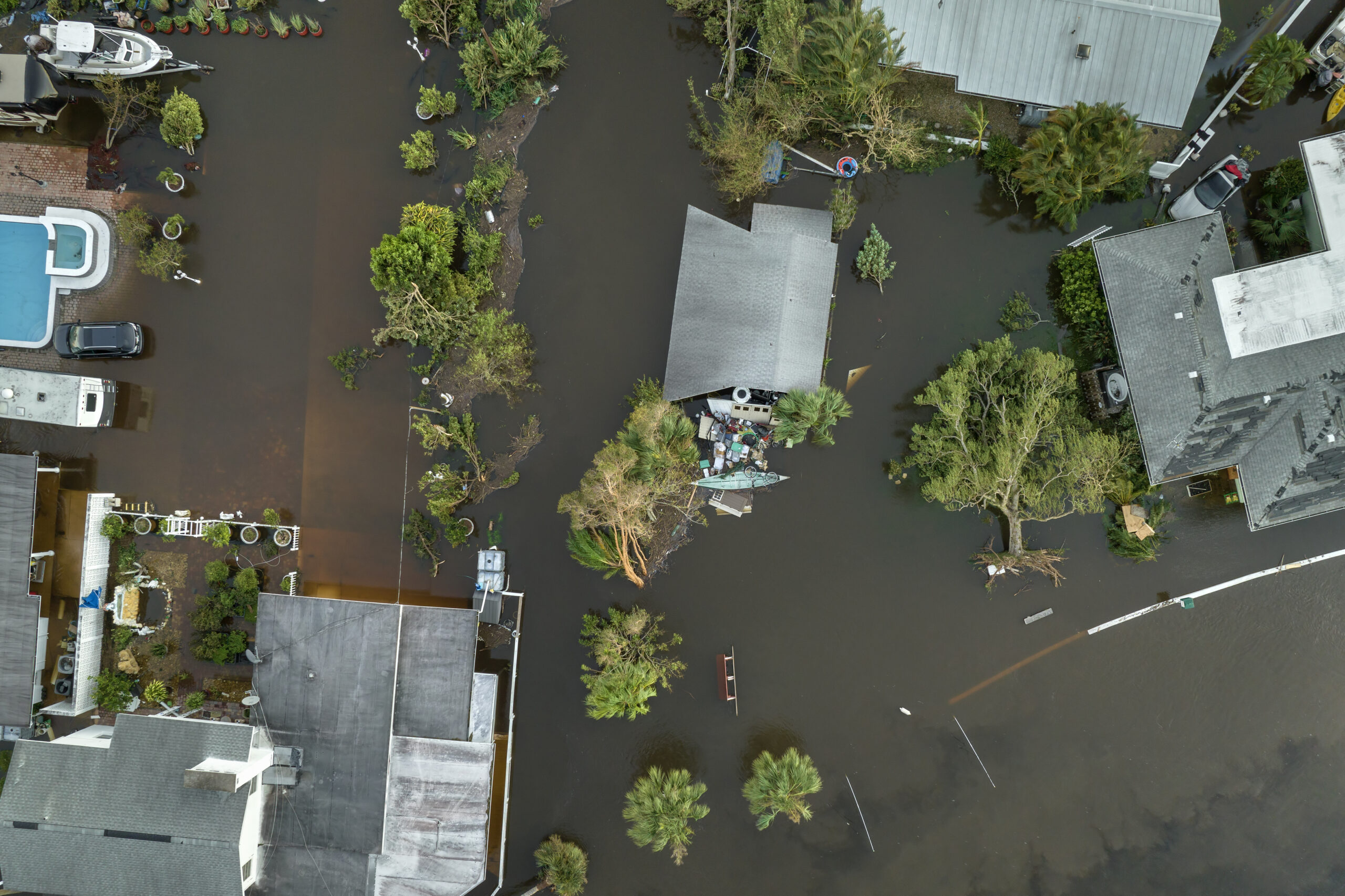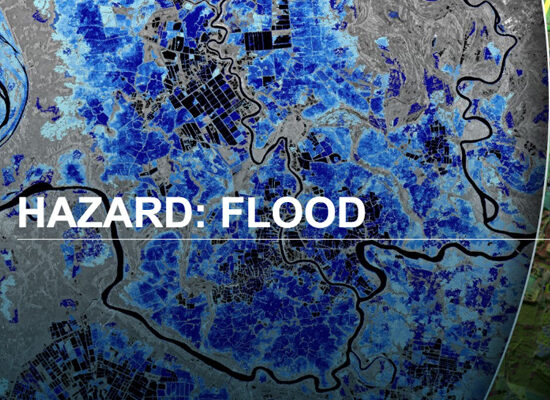Flood Risk
EO Capability Benefits
Floods impact communities worldwide, resulting in loss of life, damaged infrastructure and natural assets, and threatened livelihoods. As climate change increases extreme weather events, and with the increased urbanization in flood‐prone areas , flood‐related losses will continue to worsen, increasing the urgency for effective tools to monitor recovery. Many Earth Observation applications exist for flood event mapping, providing insights on location, timing, and extent in near real‐time. EO data can also monitor long-term historical records of floods enabling more accurate flood-risk assessment and forecasting , ultimately supporting better preparedness and recovery efforts.
EO Capability Description
Floods are among the most frequent natural disasters, and their occurrence is increasing due to climate change. Agricultural intensification, urbanisation, and soil sealing reduce natural drainage capacity and heighten the risk of flooding. Earth Observation (EO) data can support flood analysis at various levels: it can be used to map specific flood events, providing accurate information on their geographic extent, intensity, and duration (see Flood Extent); and it can also aid long-term flood risk assessment by analysing historical flood patterns to identify trends and vulnerable areas.
Moreover, when combined with in-situ measurements, climate model outputs, and AI tools, EO data enhances flood forecasting capabilities. These can be integrated into early warning systems to improve disaster preparedness and long-term flood management. Unlike flood detection, which requires continuous processing of satellite data, flood assessment focuses on mapping the extent of known floods and clearly distinguishes between permanent and seasonal variations in water extent.
Depending on their size, rivers and reservoirs can benefit from flood forecasting systems that extend from several days to several months into the future. These systems use near real-time satellite observations and ground-based measurements to perform inflow forecasts for a selected river or reservoir. Flood risk assessments evaluate the likelihood of flooding from all potential mechanisms and should offer guidance on actions to take before and during a flood. They typically combine high-resolution data on populations and assets (such as buildings, roads, and railway lines) with flood hazard datasets.





